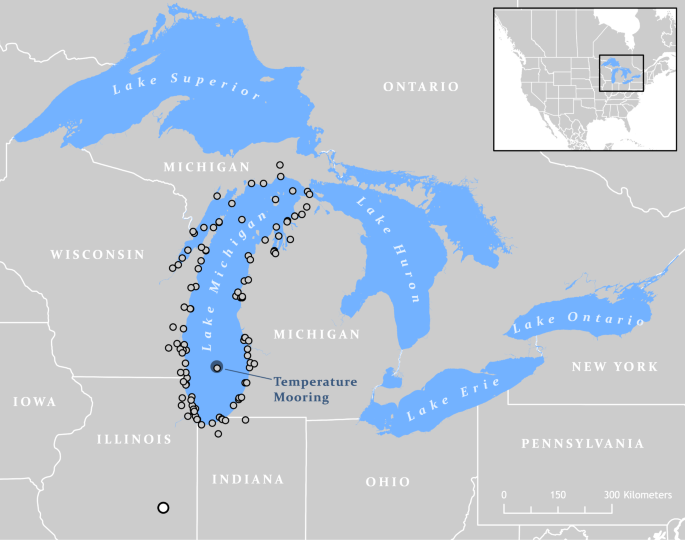I doubt many climate scientists have taken a class in limnology, the study of freshwater lakes. I have as an elective science course in college. They likely have missed the insight of thinking about the thermocline and how in dimictic upper-latitude lakes the entire lake overturns twice a year as the imbalance of densities due to differential heating or cooling causes a buoyancy instability.
An interesting Nature paper “Seasonal overturn and stratification changes drive deep-water warming in one of Earth’s largest lakes” focusing on Lake Michigan

Note the strong impulse at the thermocline that occurs on an annual basis coinciding to an overturning event, panel B below.

This is likely the same instability that occurs along the equatorial Pacific ocean thermocline as the differences in density become smaller, and the gravitational tidal force at that moment provides an impulse to slosh the interface, leading to ENSO events.
A simple premise, yet barely considered, except in Mathematical Geoenergy, chapter 12.

In a thesis Hydrodynamic modelling of Lake Ontario, it was mentioned that “displacement of
water masses leads to rhythmic oscillations in the entire lake. These long waves or seiches have wavelengths of the same order of magnitude as the basin dimensions. Seiches are reflected at the lake boundaries and combine into standing wave patterns on the thermocline [18]”. The cited book on limnology is instructive.


Lake and River Ecosystems
By Robert G. Wetzel · 2001
Available on Google Books, likely a better description of thermocline dynamics than you will find in an oceanography textbbook.
Click to access 2209.10574.pdf
“A Gauge Theory for Shallow Water” David Tong
“show that the equations can be rewritten as a d = 2 + 1 dimensional gauge theory”
LikeLike
https://eos.org/editor-highlights/oceanic-mixing-influences-development-of-enso-cycle
Oceanic Mixing Influences Development of ENSO Cycle
measured over the upper 150 m (colors) overlaid with the monthly averaged vertical heat flux associated with turbulent mixing (gray scale)
LikeLike
Pingback: Limits of Predictability? | GeoEnergy Math